A Weekend Getaway Spent in Hamburg
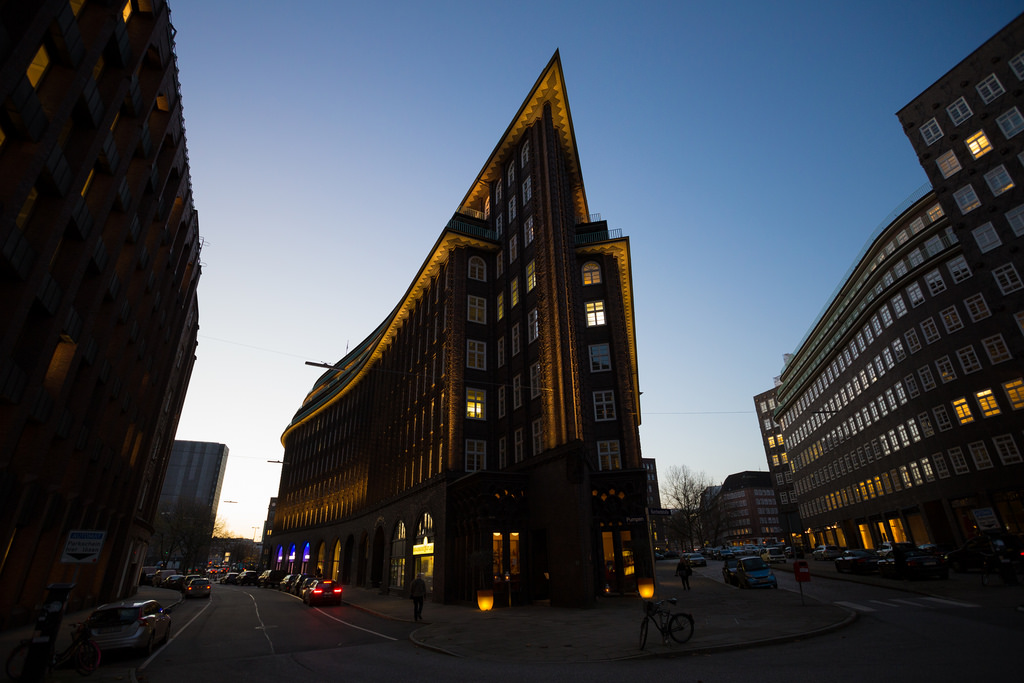
As I felt gravity suddenly press against me, pinning me to my seat, I enjoyed one of my favorite sensations – the added G-forces that come during takeoff. From my seat on the isle I looked up the row, marveling as I always do at the steep vertical incline and picturing the sight of our mid-sized passenger jet launching itself into the sky. The flight itself almost seemed like a joke. Like a ball thrown by some sort of Norse Titan. No sooner had we reached cruising altitude then the captain pushed the nose forward for us to begin our descent. The flight from Copenhagen to Hamburg lasts just over 30 minutes, making the flight a fantastic convenience and, at a certain level, perhaps a hair silly. It reminded me just how incredible it will be in another decade or two when we finally turn trans- continental flights into similarly brief leaps. My daydreams were, however, short-lived as the seat belt sign flicked on and the stewardesses began to make their vigilant march down the isles.
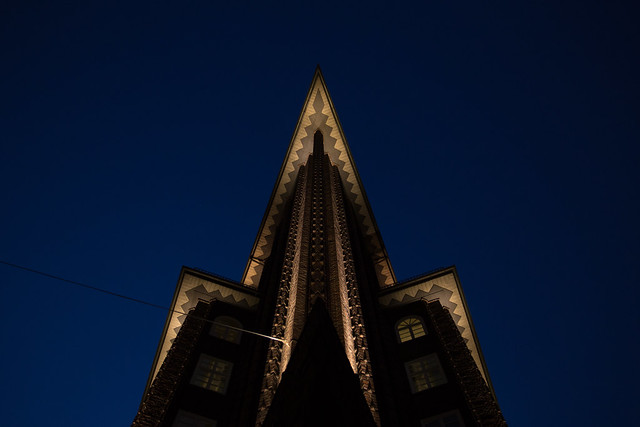 In my previous posts here and here, I talked a bit about my first visit to Hamburg five years ago, and what I was looking forward to on this trip. My hotel, the 25 Hours Hotel HafenCity, was located right in the heart of Hamburg’s new harbor district the HafenCity. While still far from “complete”, this new district is light-years beyond where it was five years ago. With the eventual plans calling for a 40% extension of the downtown area, it’s a massive re-development project that is fairly far along. The architecture is modern, dynamic, and very cool. It’s one of those projects that has managed to feel both utilitarian and futuristic without looking dated or a bit goofy. While it’s still rather quiet at night, the metro stations are brand new and built to handle heavy capacities. The location leaves you a mere 10-minute walk from the historic downtown and area around the Hamburg City Hall. The hotel was also one of the cooler boutique/design hotels I’ve been in, but that may just because the room had a working spinning globe that just happened to be a lamp.
In my previous posts here and here, I talked a bit about my first visit to Hamburg five years ago, and what I was looking forward to on this trip. My hotel, the 25 Hours Hotel HafenCity, was located right in the heart of Hamburg’s new harbor district the HafenCity. While still far from “complete”, this new district is light-years beyond where it was five years ago. With the eventual plans calling for a 40% extension of the downtown area, it’s a massive re-development project that is fairly far along. The architecture is modern, dynamic, and very cool. It’s one of those projects that has managed to feel both utilitarian and futuristic without looking dated or a bit goofy. While it’s still rather quiet at night, the metro stations are brand new and built to handle heavy capacities. The location leaves you a mere 10-minute walk from the historic downtown and area around the Hamburg City Hall. The hotel was also one of the cooler boutique/design hotels I’ve been in, but that may just because the room had a working spinning globe that just happened to be a lamp. 
After arrival, I immediately launched into an exploration of the area which was my primary reason for visiting Hamburg: the Speicherstadt, Kontorhaus District and Chilehaus. Our walking guide took us through the older parts of the HafenCity before crossing one of the numerous bridges into the Speicherstadt. The Speicherstadt district is the old warehouse district. It not only manages an old-world industrial beauty but also has a stunning and somewhat brutal history. Without realizing it, I’d run into the history of the warehouse district in some of the history podcasts I’ve been listening to recently. In retrospect, it’s no surprise given how dramatic the Speicherstadt’s formation was.
As the story goes, at the inception of the German Empire in 1871 a series of trade agreements drove the need for a free port situated near Hamburg’s historic core. The port was already one of, if not THE most important ports in northern Europe but, there were potential complications tied to the formation of the German Empire that created for tricky tax situations. The somewhat astounding, somewhat brutal solution, and highly effective solution? Completely re-locate the 20,000+ people that lived in the Kehrwieder area, excavate a series of massive canals that connected to the river Elbe, and build a sprawling warehouse district which still remains the world’s largest contiguous warehouse complex. 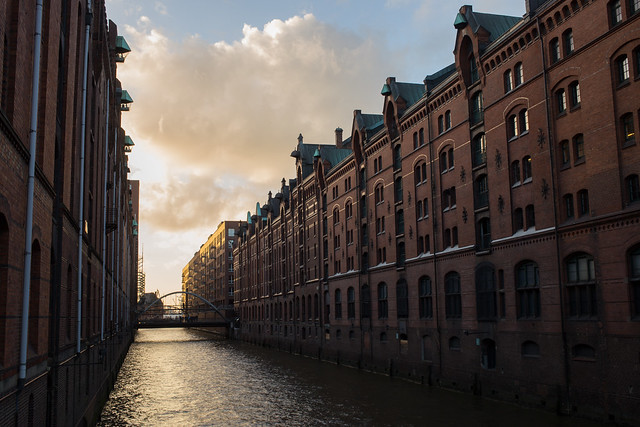
This later paved the way for Hamburg’s dominance as a major industrial and commercial port. While today the majority of shipping has moved outside the Speicherstadt area, the Hamburg port district, which covers a large portion of the River Elbe, is responsible for a massive volume of shipped goods only slightly behind that of several of the world’s other most influential ports in London and New York.
The creation of the Speicherstadt, with it’s mass-relocation, is staggering even by today’s standards. These are more than just red brick warehouses. They have all sorts of beautiful subtle features and enhancements that makes this historic area so memorable and a natural choice for UNESCO World Heritage protection. The views from each of the numerous bridges that stitch the small islands together are shaped by the surrounding warehouses, staircases, and bridges that combine in different cityscapes depending on your perspective and line of sight. The mixture of high-end rug wholesalers, hotels, and museums which now call the Speicherstadt home are also a fun contrast when weighed against what the district must have felt like in its hay-day, operating 24 hours a day, 7 days a week with the hustle and bustle of ships arriving, men at work, and the buildings’ hundreds of roof-mounted winches easing tens of thousands of pounds of goods in and out of the warehouses every minute. 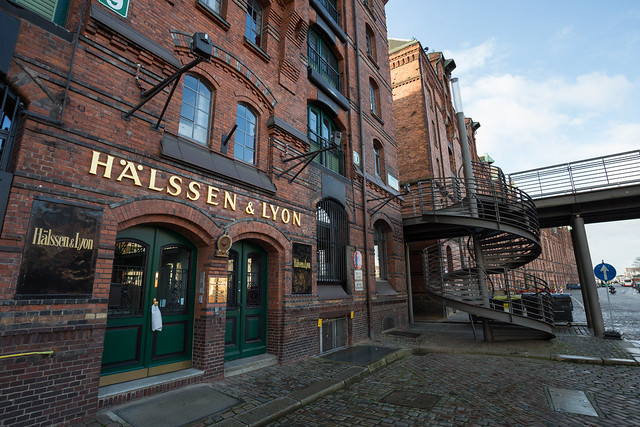
There is something about these historical grand building projects that trigger my wide-eyed childish sense of wonder and awe. My adult brain inevitably kicks in and reminds me of the suffering and insane toil that inevitably went hand-in-hand with the creation of these grand spaces…but still, the awe remains. Some of the museums boast photos of the Speicherstadt in it’s industrial peak and those photos are fascinating glimpses into a period that is, on the one hand, not that long ago and yet, is utterly alien and difficult to envision. What must have it been like to be one of the men working the docks? Plying the waters repairing winches? Keeping tally of the goods passing through the port? Most were probably my age, but how incredibly different their lives and world must have been.
Our winding route took us through the Warehouse District, over bridges, along the canals, and into one of the converted warehouses now serving as home to purveyors of stunning Persian rugs. While the rugs were much as one would expect in a rug shop, one of the items that caught my eye was what looked like, upon first blush, a bit like an oil painting. It was only as I drew nearer and looked more closely that I realized it was, in fact, a detailed and artfully crafted rug. A rug, as it turned out, that had been framed like a painting. Clever. Creative. Charming. 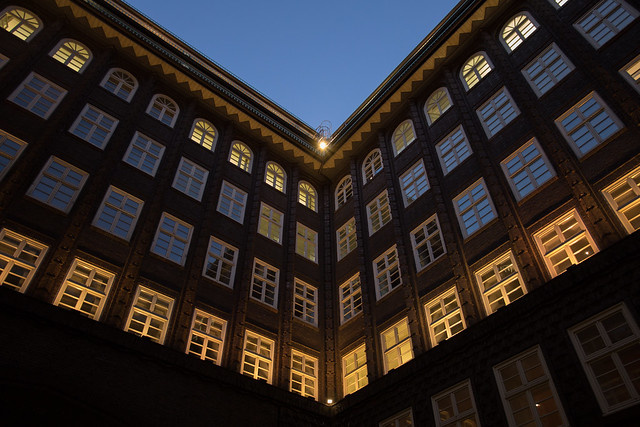
The old fire door clicking shut behind us, we turned towards the larger of the canals – one of the original channels that connected with the River Elbe – and made our way to the second part of the area which was responsible for the UNESCO World Heritage designation: the Kontorhaus District and Chilehaus.
The Chilehaus is beautiful, particularly right at dusk, which is exactly when we arrived. The clear blue skies had turned to rich dark blues with the most mild of purple hints while the sprawling building complex’s lights flickered to life. Built around a hollow core but with dramatic lines reminiscent on the one hand of a large empty cube and on the other of a bird’s wing or the prow of a ship, the structure is an architect’s play toy and photographer’s dream. The building was designed by German architect Fritz Hoger and completed in 1924. Its birth in the 1920s is obvious as the structure stands as the embodiment of the era’s architectural strengths. There’s just something about the lines, the creativity and the dance with uniformity that makes the building stoic and imposing, with a wonderful sense of presence, elegance, charm, and even of fluid flexibility. It reminds me, at least in a small way, of the Chrysler Building in NYC. 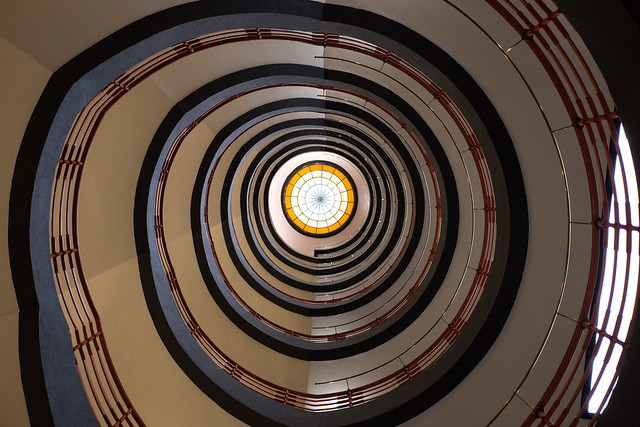
The sharply angular facade where it meets at the eastern edge of the building is the most photogenic and dramatic. However, when visiting, make sure to walk through the central squares and, if you dare, sit or lay down and look up enjoying the view as the building’s symmetrical, 10-story, arms blot out the sky and craft a crisply outlined view of the sky for you. Then jump across to the kitty-corner Sprinkenhof 8 building and head beneath the stoic face poised above the door mantle. If the security guards will let you pass (it’s still a working office building) make sure to step to the base of the stairway and turn your eyes upward. There you’ll see a subtly painted spiral staircase that is not only beautiful but continues to re-affirm the surrounding structure’s mid-20s heritage and feel. Do your best from giving in to the desire to spin or, more likely, get lightheaded and fall over, and enjoy the view before heading back out to pause and spend some time exploring how the lines morph and change as you move through the small square at the confluence of Burchardstraße, Johanniswall and Pumpen street. If you’re a photographer, this is also the perfect place to get creative. Just make sure you’ve brought along a wide angle lens (many of the photos in this post were shot on a Canon 17-40mm).
With our introduction to the Chilehaus complete, I found myself once again itching to better understand the history of the area. I’ve since spent some time drifting through photo and painting archives of Hamburg in the 1850s, late 1800s, and early 1900s. It’s an amazing walk through the evolution of modern western industrial civilization and brings to life many fascinating realizations about the design of our daily lives and the modern city which make for great food for thought. Thoughts which I had immediately re-enforced as I made my way home later that evening, wandering through the ultra-modern streets of the HafenCity….a grand project that on the one hand is in stark contrast to the construction of the Speicherstadt and yet at the same time is the very embodiment of it.
This trip is part of a collaborative campaign between Hamburg Tourism and Nordic Travel Bloggers. What does that mean? They’ve invited me to Hamburg, provided support, suggestions and made a few local introductions to help ensure I get extra insights into what the city has to offer. I’m also compensated for the trip. However, as always, I retain full editorial control over all material I share, my itinerary, and will only be sharing with you authentic and original experiences I believe you’ll find interesting.
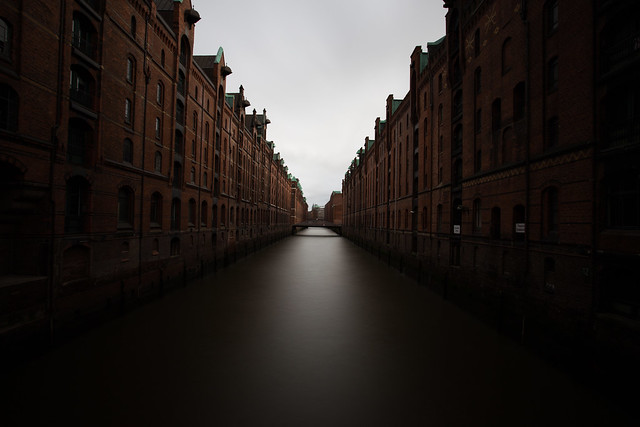
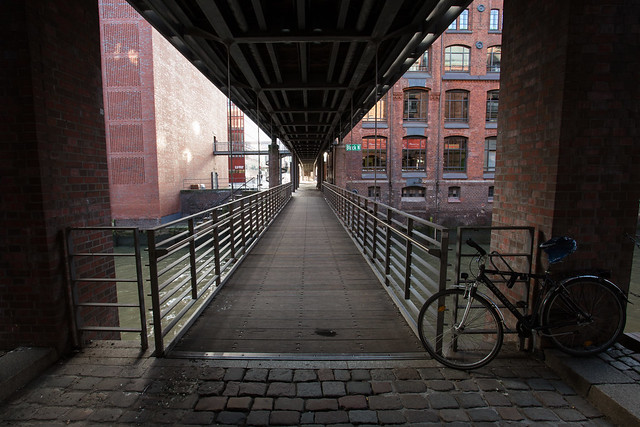
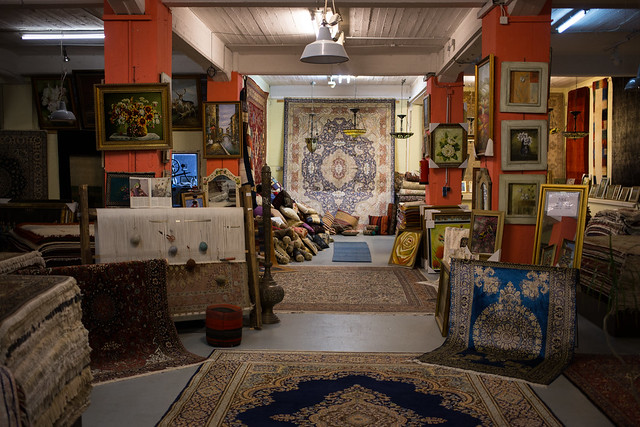

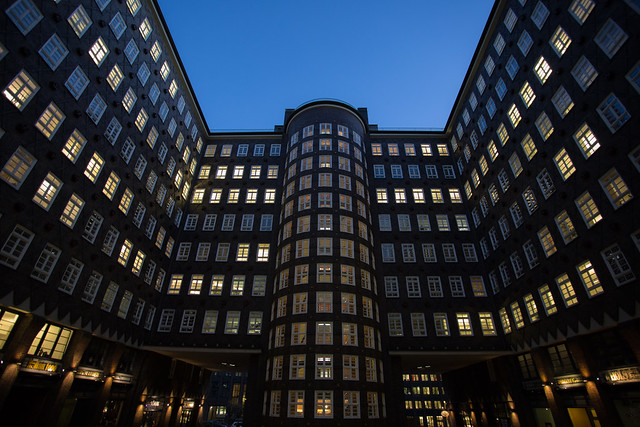
Hamburg is always top on my travel List…You have suggest us plenty of new places hamburg. I wait for weekend for amazing places.